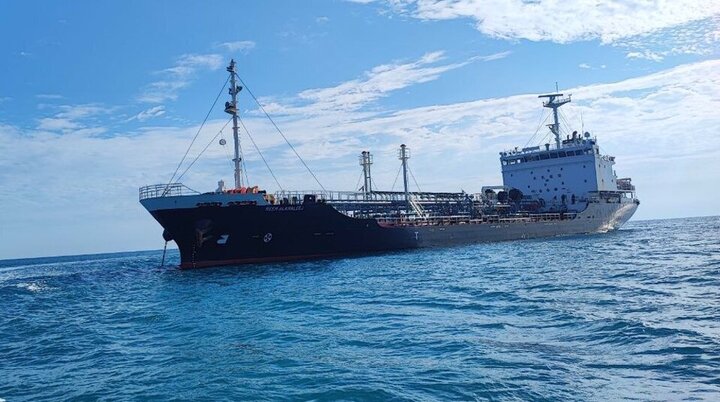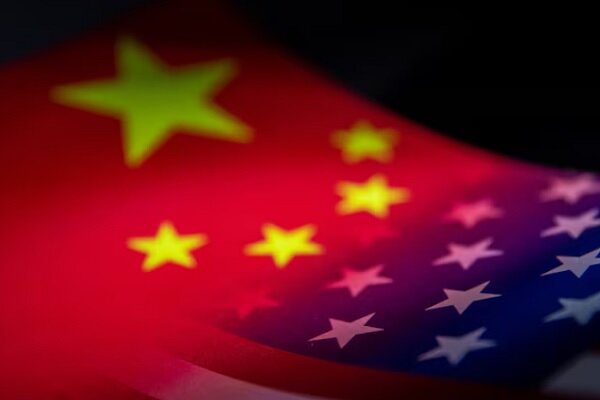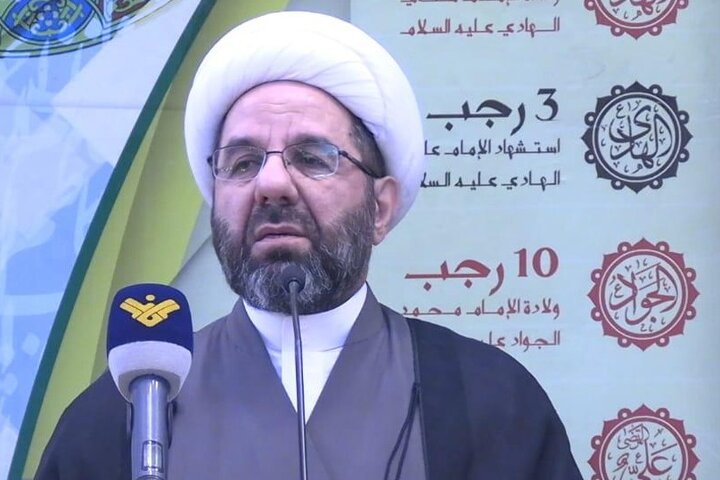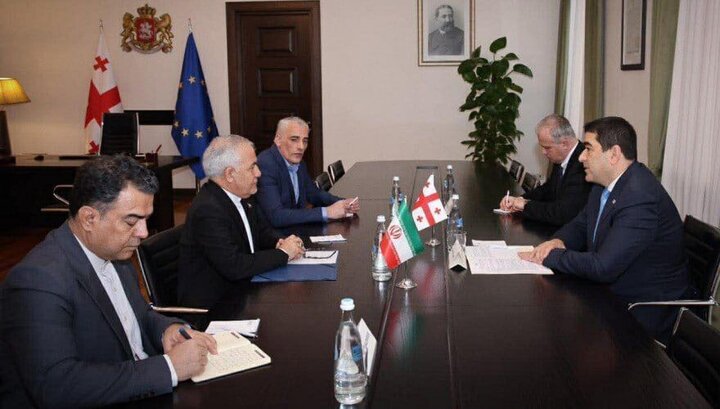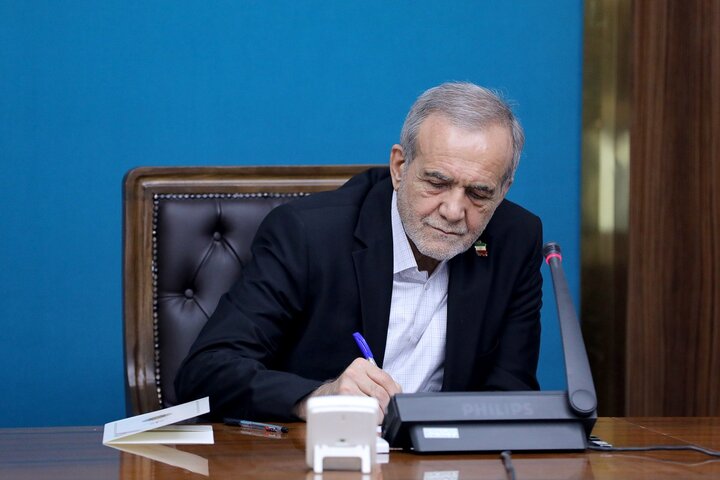
In a post on his X account (formerly known as Twitter) Hassan Kazemi Qomi hailed the adherence of the Afghan side and implementation of part of the provisions of the Hirmand/Helmand River Treaty and considered that as a positive sign of the beginning of constructive interactions in building trust and good neighborliness.
According to the experts of the expedition who have observed and measured the water flow in the water gauge station of Deh Ravod, the amount of water flowing in August is reported to be less than the monthly amount of a normal water year, he wrote.
He further said that it is expected that the amount of Iran’s water share from the Hirmand River will be measured correctly and fairly and be delivered to the Iranian side according to paragraph b of article 3 of the treaty.
Hirmand is the longest watercourse in Afghanistan. It stems from the Hindu Kush Mountains west of Kabul and flows in an arc southwest to flow into the Hamoun wetlands, located in Iran’s Sistan and Baluchestan Province.
Following more than a century of rifts over Hirmand’s water supply, Iran and Afghanistan signed a treaty in 1973 to establish a means of regulating each country’s use of the river.
Iran should receive an annual share of 820 million cubic meters from Hirmand under the accord, which Afghanistan has grossly violated in letter and spirit, endangering the lives of many Iranians who rely on Hamoun wetlands for drinking water, agriculture, and fishing.
Afghanistan has also built dams on the Hirmand which have constricted the water flow into Iran.
SKH/FNA14020529000779

